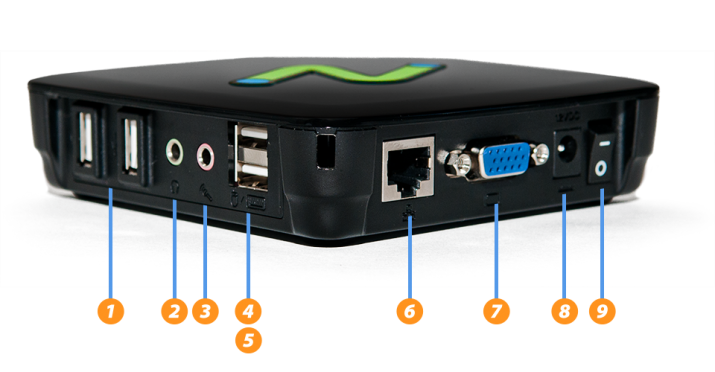
Our editors thoroughly review and fact-check every article to ensure that our content meets the highest standards.

Our goal is to deliver the most accurate information and the most knowledgeable advice possible in order to help you make smarter buying decisions on tech gear and a wide array of products and services. ZDNet's editorial team writes on behalf of you, our reader. Indeed, we follow strict guidelines that ensure our editorial content is never influenced by advertisers. Neither ZDNet nor the author are compensated for these independent reviews. This helps support our work, but does not affect what we cover or how, and it does not affect the price you pay. When you click through from our site to a retailer and buy a product or service, we may earn affiliate commissions. And we pore over customer reviews to find out what matters to real people who already own and use the products and services we’re assessing. We gather data from the best available sources, including vendor and retailer listings as well as other relevant and independent reviews sites. The Host OS must not be HOME EDITION ( ERROR ), see OS COMPATIBILITY MATRIX for supported host OS editions.ZDNet's recommendations are based on many hours of testing, research, and comparison shopping. *Per Microsoft License compliance, client operating systems are supported in 1 to 1 scenarios. VSpace Pro 10 supported Operating Systems* (host machine): VSpace Pro Client supported Operating Systems (client machine): Otherwise, you will need to download, install and register the software. If you already have a host PC or server setup with vSpace Pro 10, you are done. Step 3: Download the vSpace Pro 10 software. License keys may be purchased from the NComputing Management Portal or from your local NComputing reseller. The vSpace Pro Software license keys are required to allow connections to vSpace Pro 10.

Step 2: OBTAIN vSPACE PRO SOFTWARE CLIENT LICENSE KEY(S). Step 1: Review the release notes and requirements prior to installation.


 0 kommentar(er)
0 kommentar(er)
